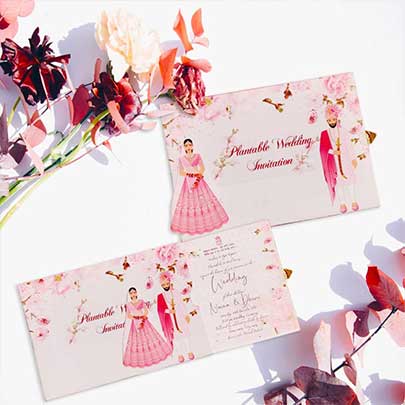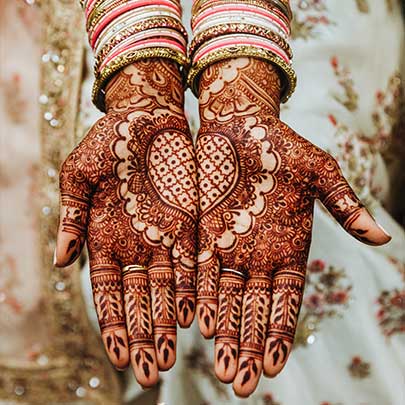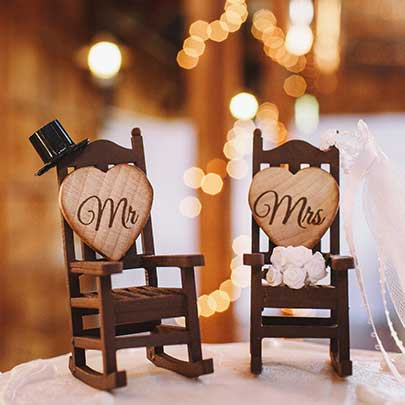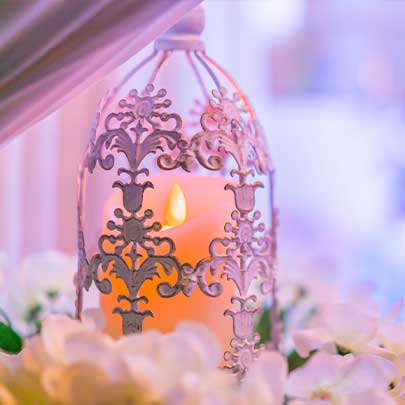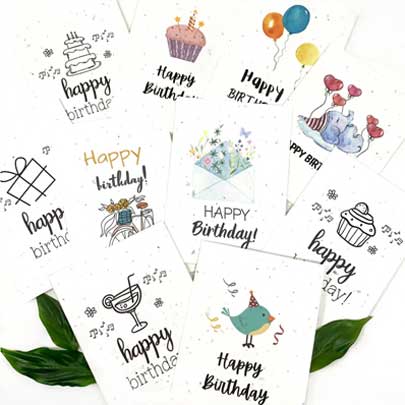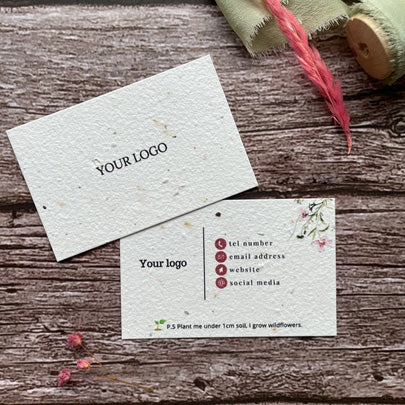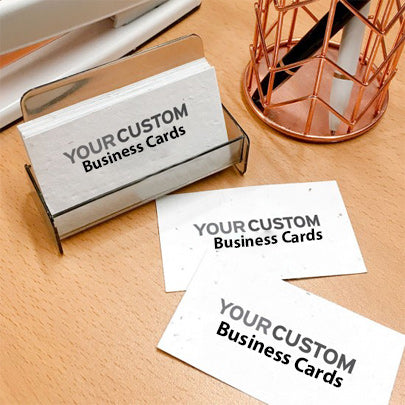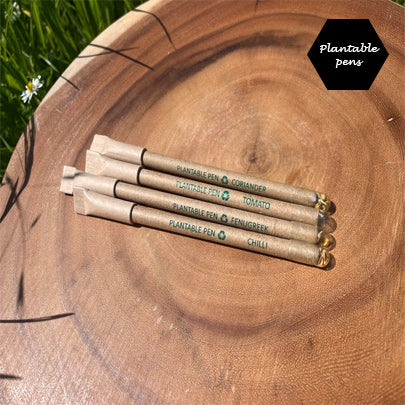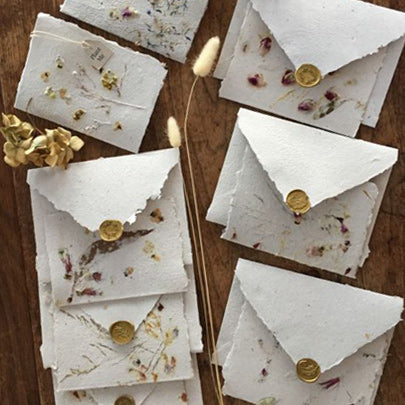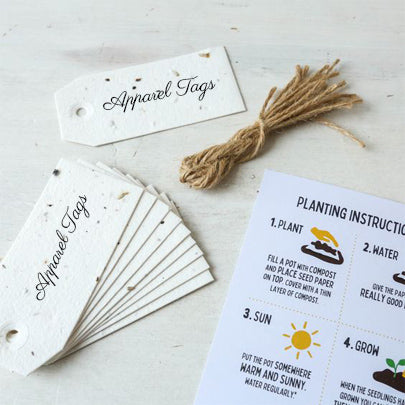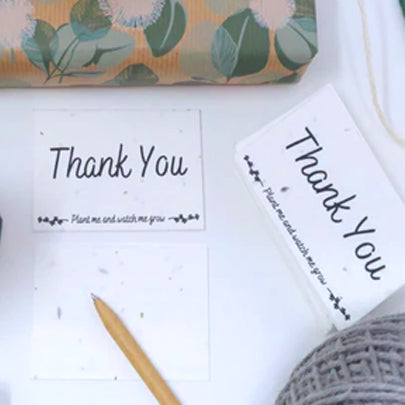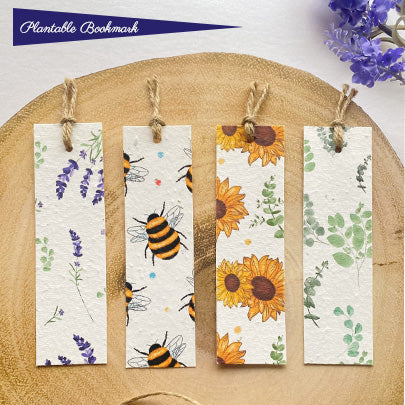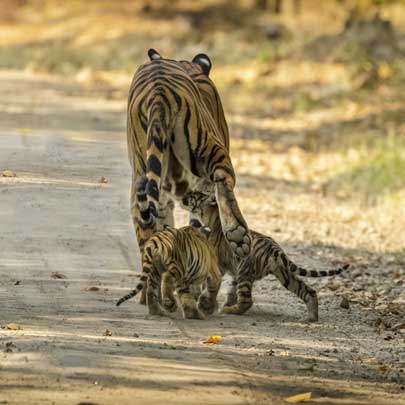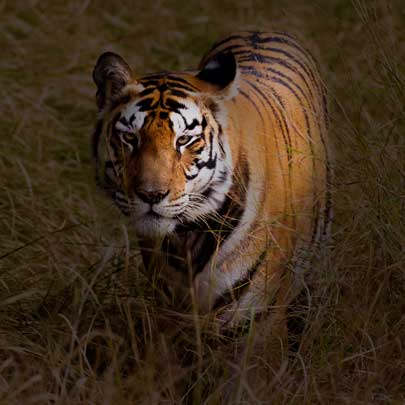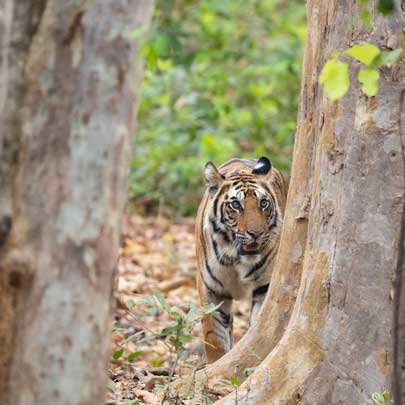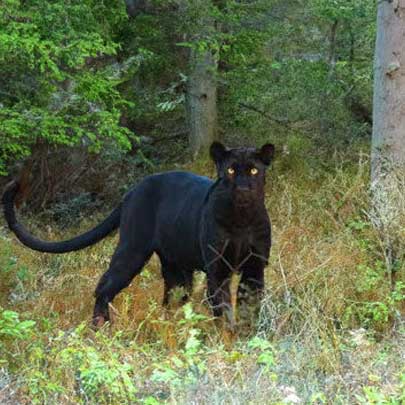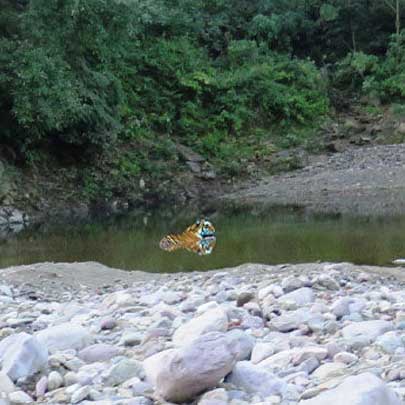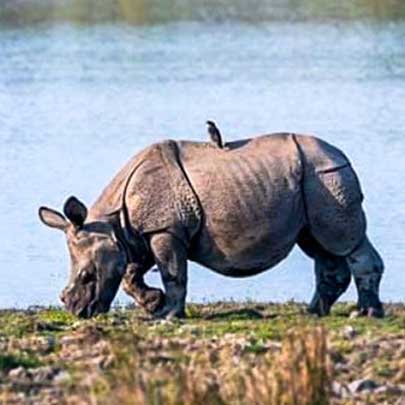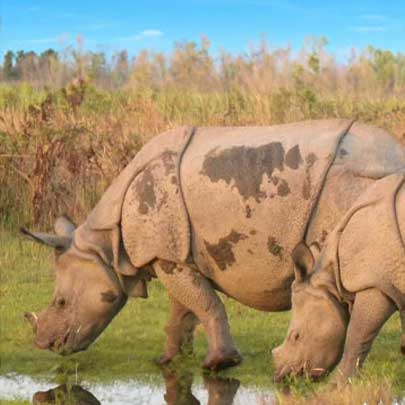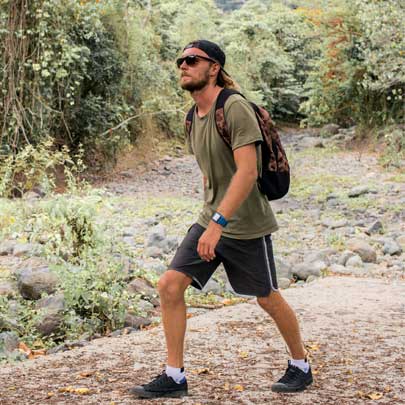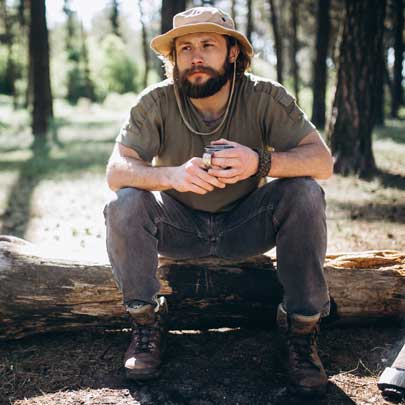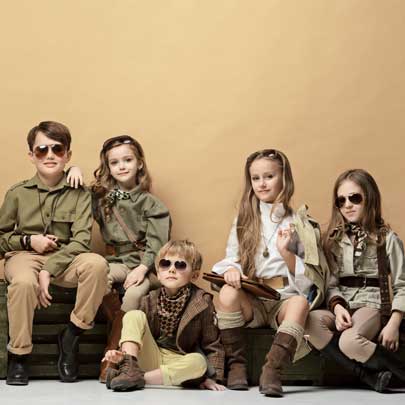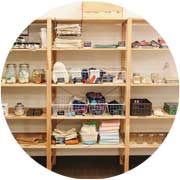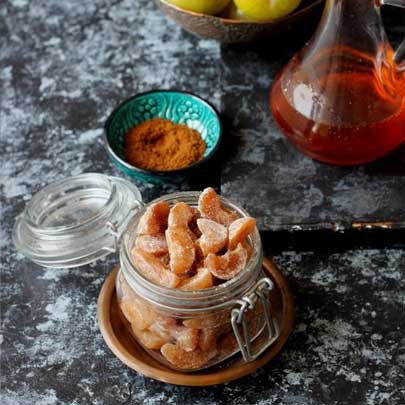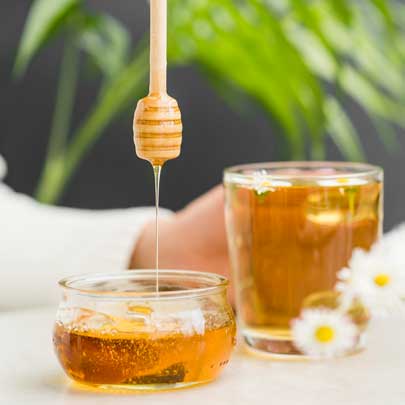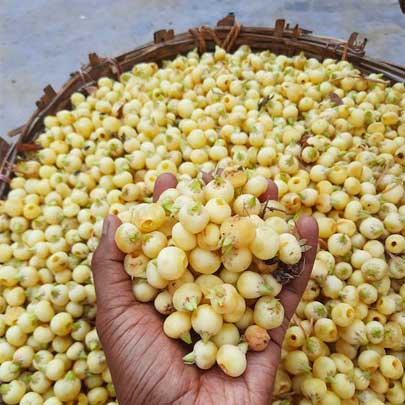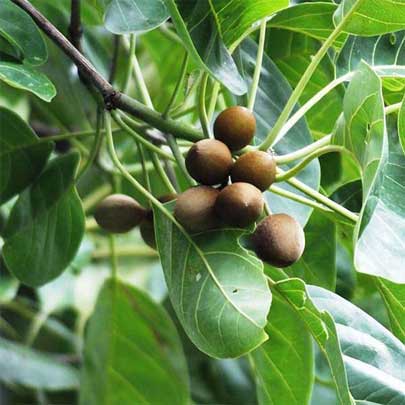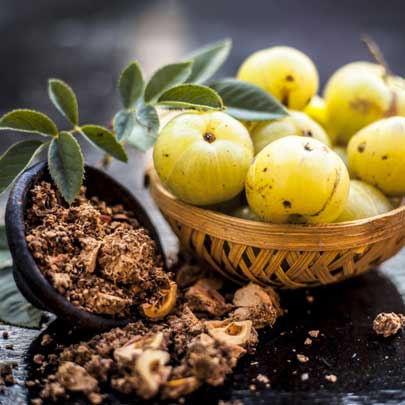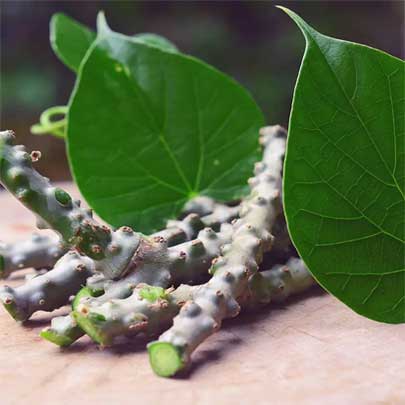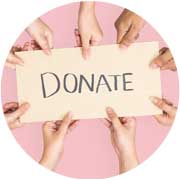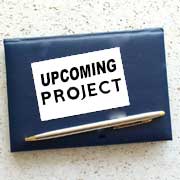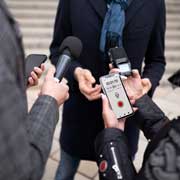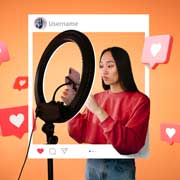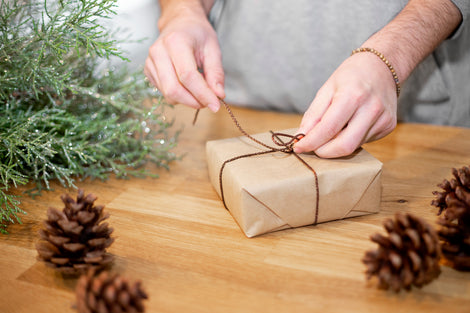🌱 The Lifecycle of a Plantable Product Explained
🌱 The Lifecycle of a Plantable Product
Explained
In today’s era of conscious consumerism, plantable products have emerged as an innovative and impactful way to reduce waste and promote sustainability. Whether it's a plantable pen, notebook, wedding invite, or seed-infused packaging, these items are part of a growing eco-friendly movement aiming to blend utility with environmental responsibility.
But what exactly is a plantable product, and how does its lifecycle support a zero-waste lifestyle?
In this article, we’ll take a deep dive into the lifecycle of a plantable product, tracing its journey from production to decomposition—and how it contributes to a greener planet. We'll also highlight the role of organizations like Wildlense Eco Foundation in promoting such sustainable practices.
🌿 What Is a Plantable Product?

A plantable product is an item embedded with seeds that can be planted after its primary use. These products are typically made from biodegradable materials such as recycled paper, cardboard, or compostable fabric. Once planted in soil, the product decomposes naturally, and the seeds germinate to grow into herbs, flowers, or vegetables.
Common Examples:
-
Plantable pens and pencils
-
Seed paper greeting cards
-
Eco-friendly wedding invitations
-
Biodegradable packaging with seeds
-
Plantable notebooks and calendars
🌍 Why Are Plantable Products Important?
As the world battles the twin crises of climate change and plastic pollution, plantable products offer a tangible solution to reduce our environmental footprint. These items support a sustainable lifestyle by minimizing waste, encouraging biodiversity, and promoting environmental awareness.
🌱 The Lifecycle of a Plantable Product
Let's explore the lifecycle of a typical plantable product—say, a seed paper notebook or a plantable pen—from creation to regrowth.
1. Sustainable Sourcing and Production
The journey begins with eco-conscious raw materials. Most plantable products are made using:
-
Recycled paper or cotton waste pulp
-
Non-toxic, water-based inks
-
Natural adhesives and dyes
The paper is then embedded with seeds of fast-germinating plants like marigold, basil, tomato, spinach, or chili. This embedding process ensures that the seeds are not damaged and can sprout once planted.
Manufacturing is typically carried out by local artisans or small-scale units, often promoting rural employment and fair trade.
✅ Eco Tip: Look for plantable products certified as organic, fair-trade, or handmade.
2. Primary Use
Once purchased, the product serves its intended function:
-
A plantable pen writes just like a regular pen.
-
A seed paper calendar can be used throughout the year.
-
A plantable wedding invite invites guests while reducing paper waste.
These products are often used in corporate gifting, environmental campaigns, school projects, and eco-conscious events.
This phase is essential—it provides value while spreading awareness about sustainable living.
3. Post-Use Transformation

After fulfilling its purpose, the user plants the item in soil. Here’s what typically happens:
-
Soaking (for paper-based products): Helps loosen the fibers.
-
Planting: The item is placed under a thin layer of soil.
-
Watering: Daily watering encourages germination.
-
Sunlight: Adequate sunlight helps the seedling grow.
The biodegradable material decomposes within days or weeks, enriching the soil. The embedded seeds then germinate, turning waste into green life.
4. Growth and Regeneration
Once the seeds sprout, they grow into herbs, vegetables, or flowering plants. This final stage closes the product’s loop, turning a disposable item into a living, breathing plant.
This process:
-
Reduces waste in landfills
-
Absorbs CO2, improving air quality
-
Encourages home gardening and biodiversity
-
Creates an emotional connection with nature
🧪 Environmental Impact of Plantable Products
Let’s look at how choosing plantable products makes a real-world difference:
| Aspect | Traditional Products | Plantable Products |
|---|---|---|
| Waste | Non-biodegradable | Zero-waste |
| Lifespan | Single-use | Regenerative |
| Material | Plastic/pulp | Recycled & organic |
| End-use | Trash | Turns into a plant |
| Carbon footprint | High | Low/neutral |
🌱 Role of Wildlense Eco Foundation

Organizations like the Wildlense Eco Foundation have been at the forefront of promoting eco-friendly practices. This India-based foundation focuses on wildlife conservation, environmental education, and sustainable development.
Through campaigns, workshops, and collaborations with local artisans, Wildlense Eco Foundation encourages:
-
The adoption of eco-friendly stationery
-
Use of plantable seed paper in schools
-
Awareness about plastic-free alternatives
-
Tree plantation drives and urban gardening
Their work not only preserves ecosystems but also empowers communities to be part of the solution.
🌟 Support organizations like Wildlense Eco Foundation to accelerate your sustainability journey.
🎁 Creative Uses for Plantable Products
Looking for inspiration to include plantable products in your life? Here are some ideas:
🎓 Education:
-
Seed paper report cards
-
Plantable worksheets
-
Green school campaigns
💼 Corporate:
-
Eco-friendly office supplies
-
Custom seed paper business cards
-
Sustainable employee gifts
💕 Weddings & Events:
-
Plantable wedding invites
-
Eco-friendly return gifts
-
Green thank-you cards
🏡 Home & Gifting:
-
Plantable bookmarks
-
DIY seed kits
-
Biodegradable home decor
🌾 How to Make Your Own Plantable Paper (DIY Guide)
Want to go one step further? Try making plantable paper at home!
You’ll Need:
-
Recycled paper scraps
-
Blender
-
Bowl of water
-
Seeds (basil, marigold, mint)
-
Cloth or mesh screen
-
Rolling pin
Steps:
-
Soak paper in water overnight.
-
Blend into a pulp.
-
Mix in seeds.
-
Spread on a screen, press and dry.
-
Cut into desired shapes!
This is a fun, eco-friendly activity for kids and adults alike.
🌎 Final Thoughts: Grow Your Impact
The lifecycle of a plantable product is a beautiful metaphor for sustainable living—use what you need, give back to the earth, and grow something meaningful in return.
Whether you're a business looking to reduce your carbon footprint, a school aiming to teach sustainability, or an individual wanting to make better choices, plantable products are a small change with a big impact.
Organizations like Wildlense Eco Foundation continue to lead the charge, proving that with the right mindset and materials, we can all be stewards of the planet.
🔍 Frequently Asked Questions (FAQs)
Q1: How long does it take for a plantable product to germinate?
It depends on the seeds used. Typically, sprouts appear within 7–14 days with proper care.
Q2: Are plantable products expensive?
While slightly pricier than mass-produced items, the long-term value and environmental benefit outweigh the cost.
Q3: Can you customize plantable products?
Yes! Many sellers offer custom branding, especially for corporate gifting and events.
Q4: Are these products available online?
Absolutely. Many eco-conscious brands and NGOs, including projects supported by Wildlense Eco Foundation, sell them on platforms like Etsy, Amazon, and their own websites.
🌿 Be the Change: Choose to Plant, Not Pollute
Every plantable product you use is a vote for the planet. From eco-friendly gifts to biodegradable packaging, you’re not just buying a product—you’re sowing a seed for the future.
If you're interested in supporting sustainability through real action, check out the amazing initiatives by Wildlense Eco Foundation and discover how your choices can help reshape the future.





